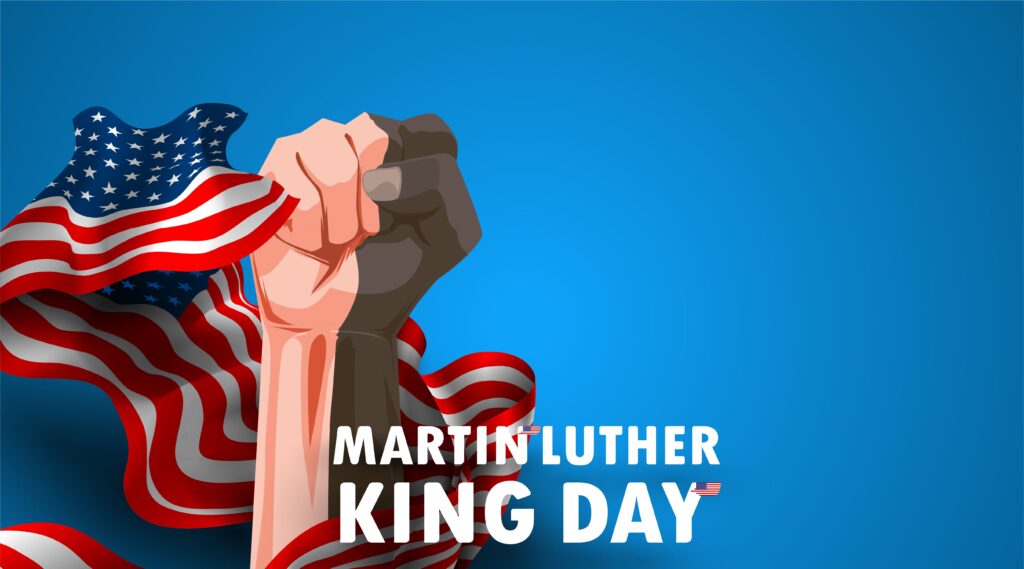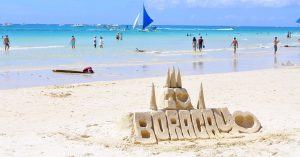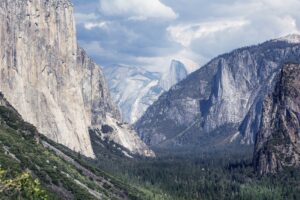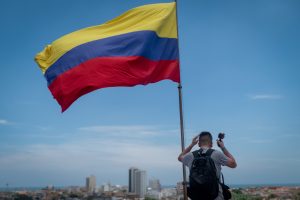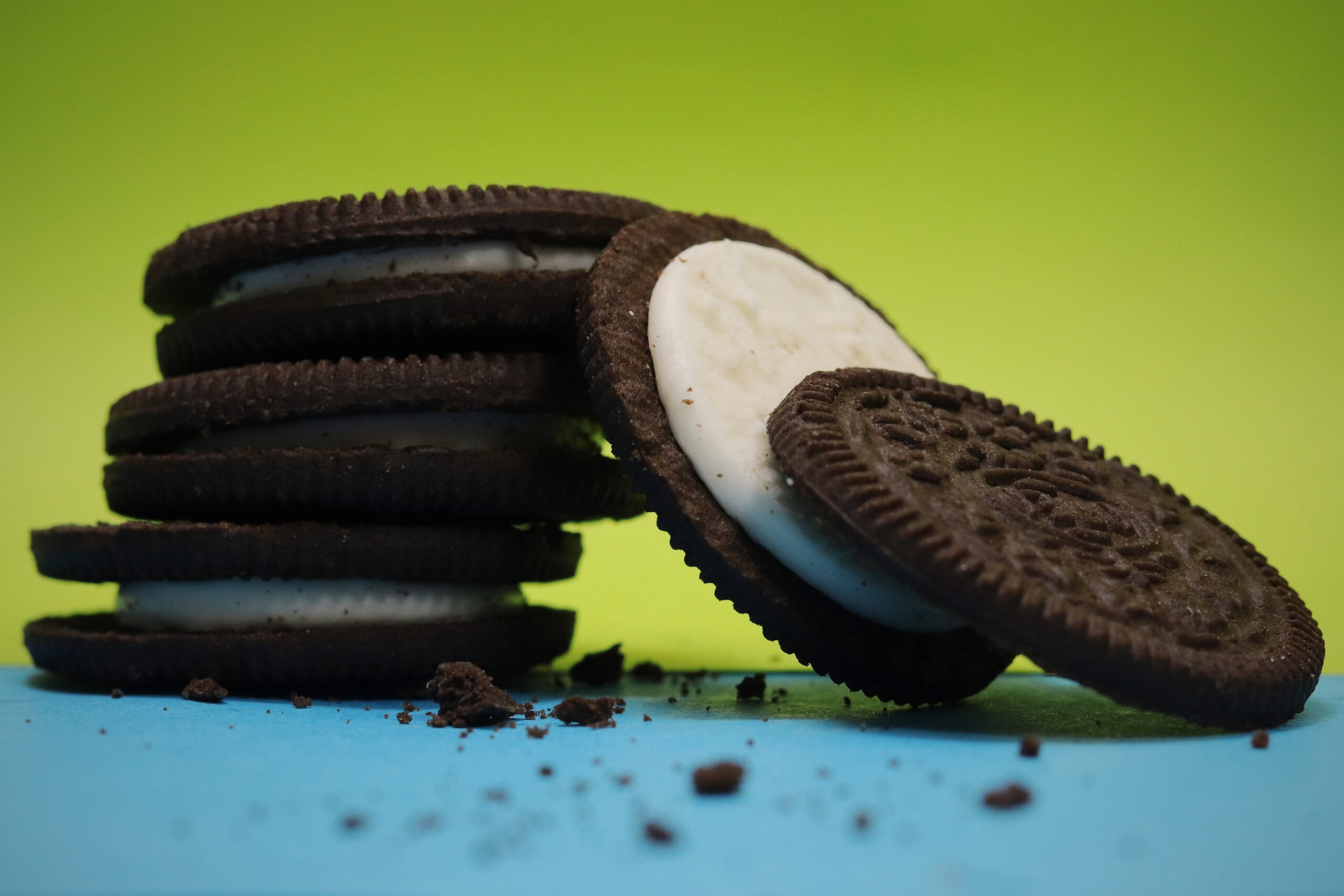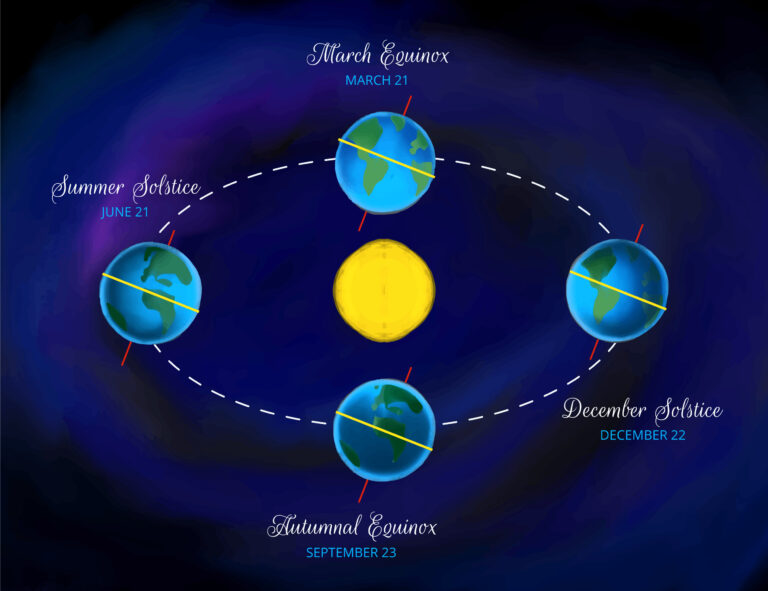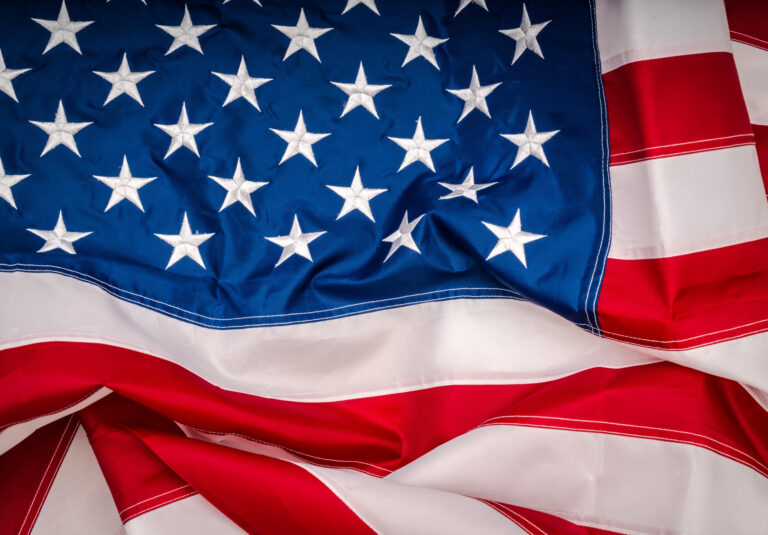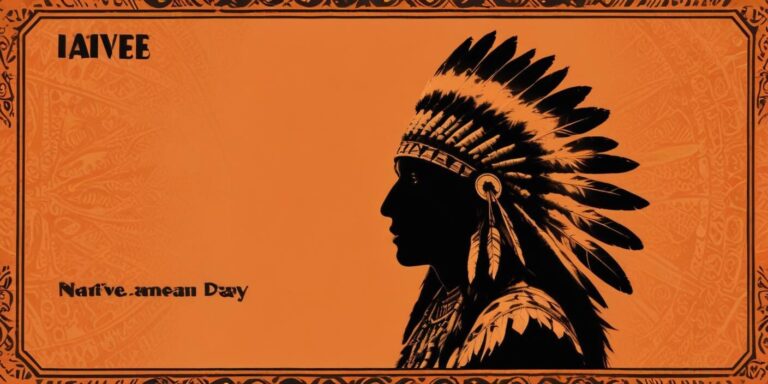Martin Luther King Day is a federal holiday celebrated on the third Monday of January. It is a day to reflect on equality and the achievements of Martin Luther King Jr., a minister and leader in American Civil Rights achievement and a supporter of peaceful protest.
How it’s Celebrated
- Many schools and offices close
- Lessons surrounding the life of King
- Ceremonies
- Parades
- Volunteer work
- Sometimes combined with Civil Rights Day, Human Rights Day, and Robert E. Lee’s birthday in some states
Martin Luther King Jr. Biography
Martin Luther King Jr. Biography
Born on January 15, 1929, in Atlanta, Martin Luther King Jr. was originally named Michael King before his father changed both his son’s name and his own to Martin Luther in honor of the German religious reformer.
After initially struggling with his faith, King eventually embraced Christianity and entered the seminary after skipping the ninth and twelfth grades at Booker T. Washington High School and receiving a degree in sociology from Morehouse College. He married Coretta Scott in 1953, who he had four children with. When he was 25, King became the pastor of Dexter Avenue Baptist Church in Montgomery, Alabama, a hotbed for the Civil Rights movement. He then received a Ph. D. from Boston University is systematic theology.
King’s role in the Montgomery Bus Boycott put him into the spotlight regarding the Civil Rights Movement. After Rosa Parks was arrested for refusing to give up her seat on a Montgomery, Alabama bus, King helped organize the following boycott, which lasted 385 days. King was arrested and his home was bombed, but the resulting court case, Browder v. Gayle, put an end to segregation on public bus transportation in Montgomery. His well-spoken commentary during the conflict brought attention on him during the event, making King the movement’s unofficial spokesperson. The boycott was largely the result of King’s support of non-violent protest, one of his most important ideologies.
His next big project was the Southern Christian Leadership Conference, which was organized in 1957 with King as leader until his passing. This group was dedicated to organizing non-violent protests and uniting groups for Civil Rights reform.
In 1958, King was stabbed by a mentally ill woman with a letter opening while at a book signing, resulting in emergency surgery and several weeks in the hospital. Other setbacks included Robert F. Kennedy and Edgar Hoover’s suspicions of the SCLC conference’s ties with communism, with Kennedy wiretapping King’s phones for years. Kennedy warned King that such ties would derail the Civil Rights Movement. The wiretapping did not produce sufficient evidence to remove King from his position of leadership, as the administration attempted to do.
The elements of King’s protests were nonviolent, organized, and strategic, targeting areas of segregation. This marches, walk-outs, and other forms of protests called for desegregation, the ending of Jim Crow laws, the right to vote, labor rights, and other civil issues. A major component of the movement was the utilization of TV media coverage, which could not only capture King’s charismatic speeches but also the peaceful nature of the protesters, who were often met by force and cruel treatment by police. Though these events were centered in the South, especially Alabama, through television, it reached people all over the country.
In 1961, King joined the Albany Movement, a peaceful group dedicated to protesting at sites of segregation within the city of Albany, Georgia. In December of that year, King was arrested with other protesters and returned to Albany in 1962 to serve a forty-five-day jail sentence rather than pay the small fine as a form of activism. The Chief of Police quietly saw that King’s bail be paid and let King free. Afterward, the Albany Movement gradually dissolved after these efforts produced results. King and the SCLC were widely criticized for the group’s failure, but this was also due to divisions amongst the group and the unwillingness of local officials to reform legislation.
Next, King focused his efforts in Birmingham, Alabama, focusing on segregation and economic issues. A key element of these activism tactics was that they were peaceful but confrontational, with protests that included sit-ins. The idea was to create non-violent conflict that would open negotiation of Civil Rights issues. After initial events failed to generate enough media attention, King and his colleagues used a strategy of what was called the Children’s Crusade, which utilized younger citizens in order to gain the attention they felt the events deserved. This heightened media coverage when the Birmingham Police Department used methods such as dogs and fire hoses to attack protesters. The footage outraged citizens of all colors all over the nation. As a result, segregated places were reformed, Jim Crow laws were removed, and the Birmingham Police Chief was fired.
King was arrested a total of 29 times, his 13th arrest occurring during this movement. He wrote the famous “Letter from Birmingham Jail” during this imprisonment. Before his famous March on Washington in 1963, King participated in Civil Rights activities in St. Augustine, Florida, and Selma, Alabama.
Dr. King teamed up with other civil rights representatives for the March on Washington for Jobs and Freedom in August of 1963. The march demanded for civil rights improvement, including legislation, ending segregation, discrimination, a higher minimum wage, and worker’s rights. The original aim was more aggressive in nature, focusing on the overall bad living conditions and oppression of Southern blacks, but the group assuaged Kennedy’s pleas that the march be less confrontational. With more than 250,000 in attendance, King delivered his famous “I Have a Dream” speech to the largest gathering of D.C. protesters at the time.
In 1966, King brought his activism to Chicago, which was still met with violence from Chicago citizens and police. King was hit with a brick during one protest. King was even forced to cancel a protest for fear of the resulting violence. His next project was voicing his opposition to the Vietnam War, feeling that money spent on the war should be spent on social programs instead. His famous “Beyond Vietnam” speech addressed these issues.
One of King’s last projects was the Poor People’s Campaign, a group that organized citizens to protest unfair economic conditions and culminated in a Washington D.C. march.
King was assassinated on March 29, 1968 in Memphis, Tennessee. He was there for the strike by a worker’s group. While standing on his hotel balcony, he was shot, the bullet entering through his cheek and ending up in his shoulder. The aftermath included race riots and insistence from King’s colleagues to continue protests of non-violence. His ideologies and speeches created a legacy that is still very much alive to this day.















